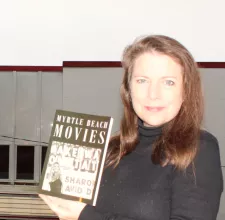Meet Marvin Grant, The Hammock Man
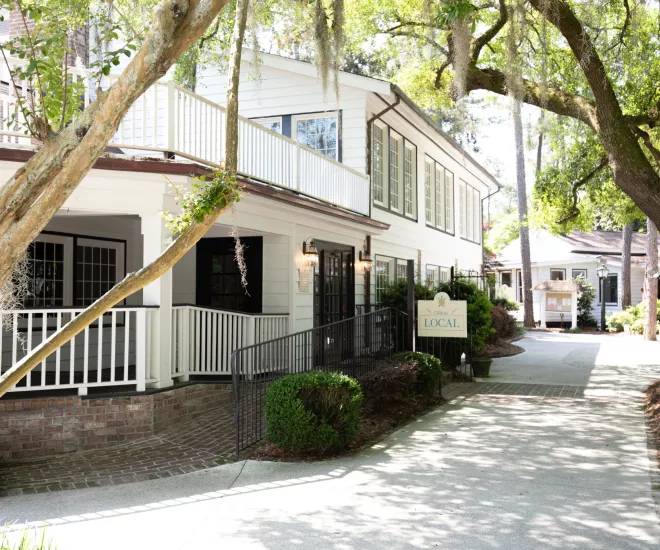
Meet Marvin Grant, The Hammock Man
Just about every Thursday, I have the privilege of introducing visitors and new-to-the-area locals to The Hammock Man of The Hammock Coast. His real name is Marvin Grant and he has been crafting the world-renowned Pawleys Island hammocks for 31 years. The notoriety of these, what Marvin calls, “lazy beds” has inspired the relatively new nickname of the region between Myrtle Beach and Georgetown, The Hammock Coast.
The heart of The Hammock Coast would have to be the Historic Pawleys Island Hammock Shops Village that was established by the Lachicotte Family in 1938. But the hammocks themselves have been around since 1889. That was when an uncle who had married into the family, Captain Joshua John Ward, known as Cap’n Josh grew tired of the conventional canvas hammocks. They were hot and uncomfortable, especially if the sailcloth that they were normally made of happened to have a seam that would inevitably be located in just the right spot to cause the occupant the maximum amount of annoyance. Add to that, the weight distribution of the would-be sleeper caused the sides of the canvas hammock to rise up and engulf him like in a cocoon…a cocoon of heat and discomfort.
Cap’n Josh set out to do something about this predicament. He designed a rope hammock that didn’t have any bothersome seams and was strung with a wooden spreader bar at each end to avoid the cocoon effect. That design is replicated to this day.
The original fabric of the Pawleys Island hammocks was cotton and you can still get them like that. However, you will need to be mindful that they can’t be kept out in the weather. If you are like most people and you prefer to hang your hammock outdoors and leave it for when the mood strikes you to use it, then opt for one of the Duracord varieties that will also allow you a selection of colors.
When my group arrives at the Hammock Weavers studio located at the front of the shopping and dining village and can be seen from Highway 17 (aka Ocean Highway), we never know what color hammock Marvin will be working on. You’ll find him there Tuesday through Saturday from 10 AM to 6 PM. If he is on his lunch break, come back later. In the meanwhile, look around the myriad of cute stores or have lunch yourself at either BisQit or Local. I can attest that they are both wonderful.
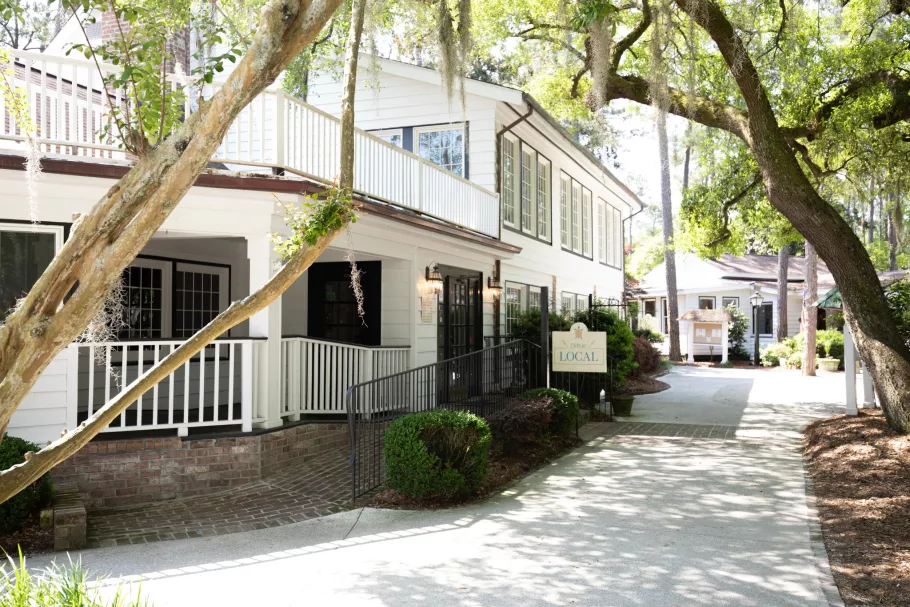
Sometimes, Marvin is not alone. Nearby, you may notice another gentleman quietly knitting hammocks. He is Harry Woodbury, a native of Georgetown, SC, who has been at his craft for 23 years. I introduce them both, but I don’t reveal where Marvin is from. I merely say that he was born on an island that I have at that point mentioned on the tour and have everyone guess. Common and plausible answers are Pawleys Island, or Sandy Island that can only be accessed by boat near Brookgreen Gardens. I then hint that it is a little farther north and that there are clues in the baseball paraphernalia displayed on the back wall. Then someone, upon recognizing the New York Yankees logo, realizes that he was born on the island of Manhattan. The artisan of one of South Carolina’s most iconic products grew up in The Bronx.
He was introduced to the South while serving in the Army. He said, down here, he saw something that he had never seen before and that is what influenced him to remain in this part of the world after he was honorably discharged in 1991. He said that he saw snow that melted as soon as it hit the ground. He left the harsh winters behind and settled here.
It was while he was still in the Army that he began to hone his craft. While down in Georgia, he would enjoy good seafood; so much so, that he decided to learn how to catch it himself. He met a man on the docks who made fishing nets and taught Marvin how to do it. With that skill set in his background, he was prime to learn the art he is known for today. But there was a problem. He had a relative who was proficient in hammock making and willingly wanted to teach him how, but her Gullah accent was so thick that he couldn’t understand what she was saying. He had to get her granddaughter to translate for him.
When he was brought on with the company, Marvin went through a lengthy trial period, as everyone does. Not only do you prove that you know the skill, you also have to be able to stand for long periods of time. Marvin thanks the Army for making him adept at that. You also have to have patience. Marvin readily tells those watching him work that, “If you don’t have patience, you won’t be making hammocks.”
But how did Marvin go from just making hammocks to becoming “The Hammock Man?” Well, two things played into that. The first was timing. His predecessor, Primus Washington, had been making hammocks for 60 years before he stopped. This was in Marvin’s early days. The company needed someone to take over for that legendary craftsman.
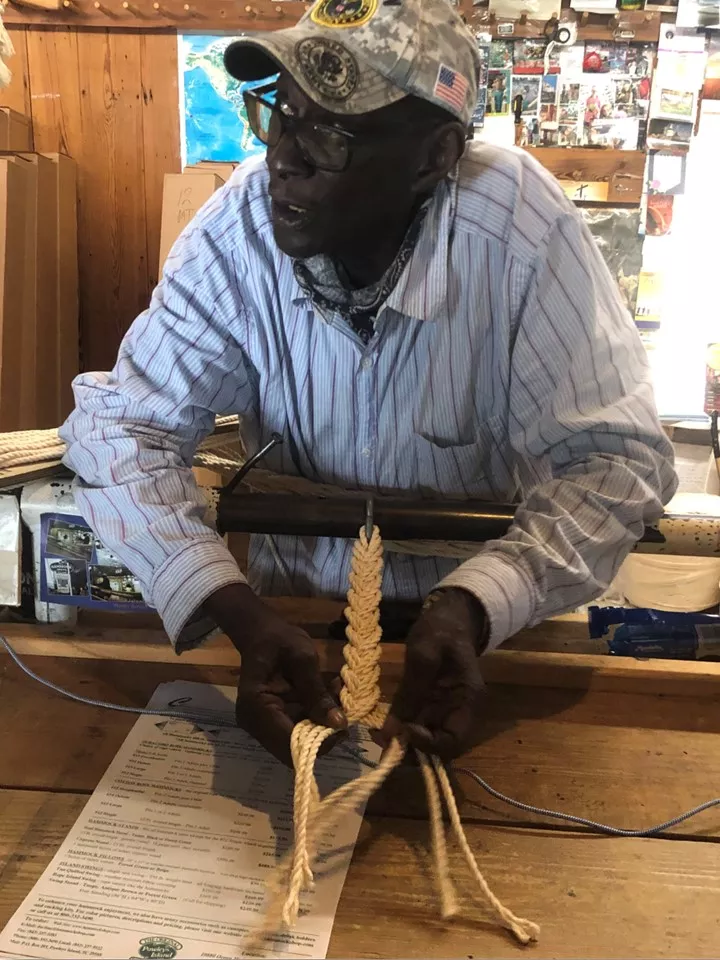
Not only did they have to have all of the attributes previously addressed, they had to be able to talk to people. The position was a public relations job. In the Army, Marvin was a communications specialist. Or, the way Marvin puts it, he likes to talk and he likes people who talk. I encourage everyone to ask him questions. And when they do, he will answer them without missing a beat as he continues to knit the hammock. The part of the hammock that is woven is at each top where the rings are. What you see Marvin and Harry doing is knitting.
One Thursday when we arrived, Marvin wasn’t there. I explained to my guests that he couldn’t join us that day because he had an interview with Chip and Joanna Gaines (sort of). He was in Greenville, North Carolina, at the hammock company’s headquarters to be interviewed for a piece being done by the Gaines’ Magnolia Network, streamed on Discovery+, for their Extraordinary Stories Behind Everyday Things series.
Marvin is no stranger to national media coverage. He and Harry were featured in a New York Times article on August 26, 2007. And you’ll see Marvin’s smiling face as he enjoys a hammock in a Coastal Living magazine spread in their November-December 2005 issue.
But the accolades that mean the most to Marvin can be seen on the walls and ceiling of his workplace. They are the thousand or more postcards from around the world from his international fan base. Interspersed, you’ll see drawings from young enthusiasts. Marvin enjoys teaching children who show an interest how to weave the top part of the hammock. They take home both the craft that they made themselves and an unforgettable memory of the man who taught them how to make it.
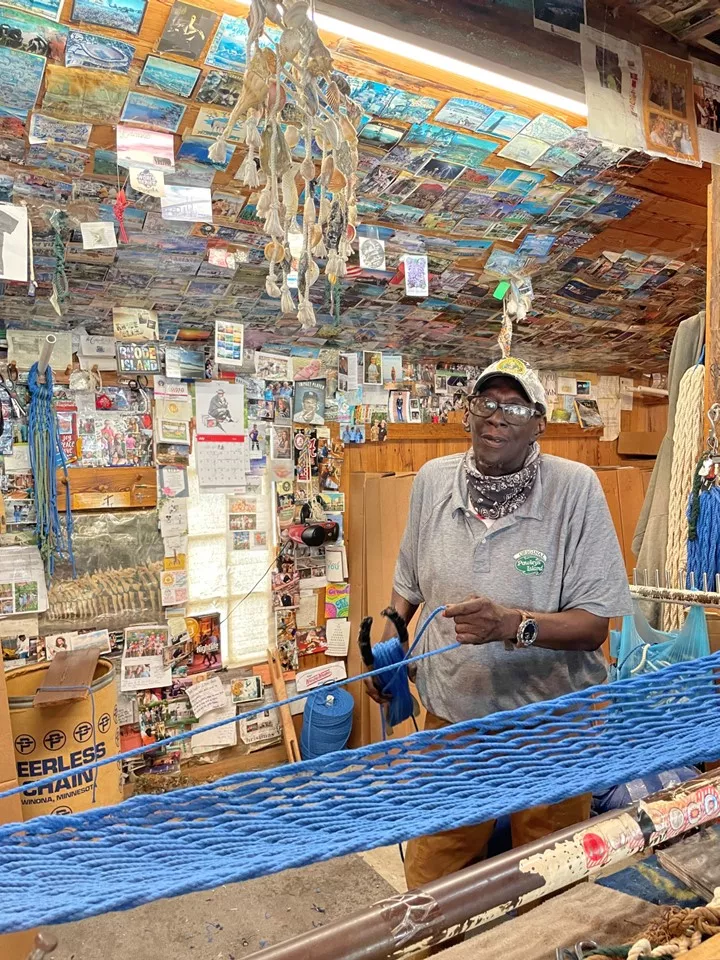
He won’t mention it, but I must. Hanging amid the postcards, magazine articles, celebrity photographs and kids’ crayon depictions of The Hammock Man, there is an award that was presented to Marvin Grant on May 3, 2012, a decade ago. It is the Jean Laney Harris Folk Heritage Award, the highest honor bestowed on a South Carolina artisan.
